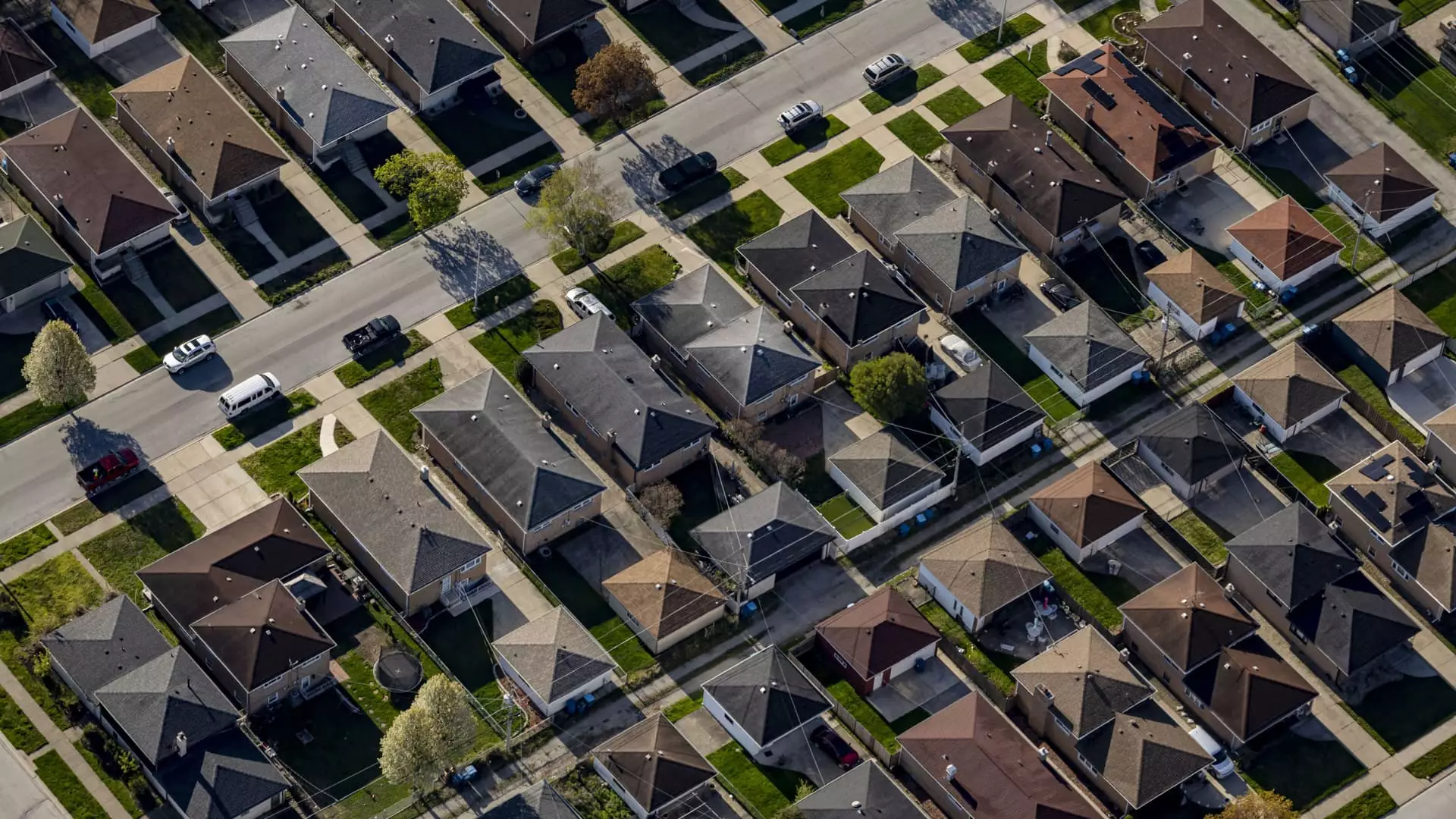The conclusion of the recent presidential election marked a pivotal moment for various sectors of the U.S. economy, with the housing market facing immediate repercussions. Donald Trump’s election as President initiated a ripple effect across financial markets, particularly impacting interest rates tied to mortgages and government securities. This article analyzes how political transitions can significantly shape market conditions and consumer behavior in the housing sector.
Rising Yields and Their Consequences
In the wake of Trump’s election victory, the U.S. 10-year Treasury yield experienced a significant uptick. Due to its sensitivity to economic forecasts and investor sentiment, the fluctuation in yields also led to a corresponding rise in mortgage rates. For instance, on a particular Wednesday, the average rate for a 30-year fixed mortgage jumped to 7.13%. This marked the highest rate in several months, pointing to the sensitivity of the housing market to political outcomes and bond market reactions.
Mortgage rates are closely linked to the broader bond market, with expectations influencing traders’ decisions. The anticipation prior to the election suggested that should Trump win, mortgage rates would likely rise due to an expected shift in economic policies. Such speculative movements triggered a reaction where rates edged up even before official financial policies were set in motion.
The repercussions of increasing mortgage rates did not spare housing stocks either. Significant players in the construction industry, like Lennar and D.R. Horton, saw sharp declines in their stock values, reflecting investor concerns regarding the potential downturn in housing affordability. Notably, stocks declined by approximately 5% shortly after the election results, demonstrating a correlation between mortgage rates and builder stock performance. Retail giants like Home Depot and Lowe’s also reported decreased stock values, suggesting a universal unease among retailers dependent on housing market vitality.
This sharp decline in stock prices can be linked to heightened expectations of inflation and long-term interest rate projections. Economic indicators post-election hinted at potential inflationary pressures, prompting market analysts to speculate the ramifications on the overall economy, including the housing market.
Despite an unclear housing plan from the new administration, there were mentions of easing regulations and leveraging federal land to boost housing construction. The National Association of Home Builders (NAHB) welcomed Trump, viewing his presidency as an opportunity to advocate for pro-housing policies. NAHB’s leadership expressed anticipation of collaborating with government officials to address the housing supply crisis that plagues the nation, acknowledging both affordability and availability as critical issues facing American consumers.
However, major builders have been undertaking initiatives to mitigate the impact of rising mortgage rates on their clients. Builders have opted to buy down mortgage rates for potential buyers, albeit at the expense of their profit margins. This strategy reflects a response to decreasing purchasing power among homebuyers, which has been exacerbated by rising rates.
The Relationship Between Economic Indicators and Housing Market Trends
Despite the anticipated challenges, there was an uptick in existing home sales as of late, with a notable 7% increase in pending home sales from August to September. Such a rise in transactions indicates consumers were likely trying to lock in lower rates before the expected hikes. Surprisingly, this surge in pending sales occurred prior to significant rate increases.
Market analyses pointed to an increase in housing inventory as a key factor behind this sales upturn, with nearly 30% more homes available compared to the previous year. Sufficient supply has seemingly encouraged buyers despite the climbing mortgage rates. However, the future remains uncertain, with consumer confidence, inflation rates, and economic stimuli determining market trajectories.
Going forward, the landscape of the housing market will depend heavily on several factors, including inflation projections, economic health, and governmental policies. Although the Federal Reserve has implemented measures to stabilize interest rates, the permanent repercussions of political shifts and economic data will shape the housing market’s future. As we delve into this new administration’s policy implications, stakeholders in the housing sector remain vigilant, navigating through uncertainty while striving for stability in the market.


Leave a Reply